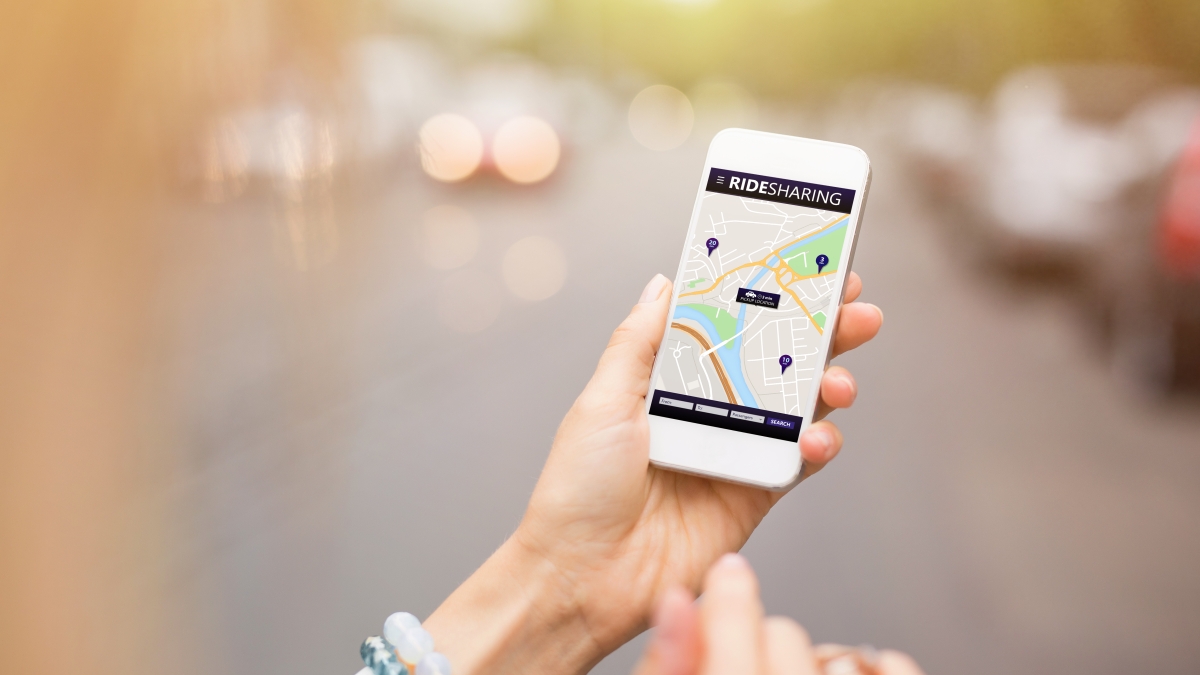It is nearly impossible to drive down a city street without seeing a car with a fuzzy pink mustache or sticker in the front window. Uber and Lyft are just two examples of ride-hailing companies who have entered the transportation market over the last several years. While they definitely have a visual impact on city streets, what actual impact do these ride-hailing services have on transportation? Newly published research reveals interesting trends for the industry.
Using data complied via the 2017 National Household Travel Survey (NHTS), researchers with Arizona State University’s School of Geographical Sciences and Urban Planning were able to look closely at not only the amount of trips made via ride-hailing services, but broader scopes of information.
“The NHTS has over 200,000 respondents from all 50 states, so we can estimate relationships that are more robust than we would with a smaller sample,” said Matthew Conway, a PhD student with the School of Geographical Sciences and Urban Planning and lead author on the article published this week in Urban Science. “Additionally, unlike many previous surveys, the NHTS has a travel diary component, where people report every trip they took in a day. So we don't just know which people are using ride-hailing and taxicabs, we have some idea how they're using them — in terms of where they're going, when they're going, and what other modes they're using.”
What this information reveals is that while ride-hailing makes up about a half percent of all trips in the U.S., the amount of people who use ride-hailing services is close to 10 percent of the population. Another interesting takeaway are the demographics of individuals using ride-hailing services, which may pose issues should cities contemplate relying on ride-hailing services to meet the transportation needs of communities.
“We find that ride-hailing users are younger, live in denser cities, and earn higher incomes than the average American,” said Deborah Salon, an assistant professor at the School of Geographical Sciences and Urban Planning and co-author of the article. “This suggests that we are heading down a path of overall lower access for many Americans if ride-hailing begins to replace transit service, and governments must be mindful of this.”
This is an important factor to keep in mind as the industry continues to grow. According to Conway, when you look at decades worth of data collected by the NHTS the overall “for-hire” vehicle market, which includes ride-hailing services like Uber but also includes traditional taxi services, it has roughly doubled since ride-hailing was introduced.
While on the upward trend, it does not spell disaster for other modes of transportation, including public transit and private vehicle ownership, instead the data reveals that many people are using ride-hailing alongside other modes of transportation.
“Most rides that include a ride-hailing trip also include another mode, which could be transit,” Conway said. “For instance, a worker might take the bus to work in the morning, knowing that they will have to work late and the bus won't be running when they leave. But they can take a ride-hailing vehicle for that return trip, rather than driving their personal vehicle both ways. I think encouraging these types of rides may be easier than trying to get people to combine ride-hailing and public transportation within a single trip.”
With ride-hailing apps such as Lyft and Uber still being relatively new technologies, time will determine how much of the transportation market will be dominated by these services. Until then, the research shows that ride-hailing needs to be taken into consideration in terms of city and transportation planning while keeping equity and access in mind.
More Science and technology

ASU author puts the fun in preparing for the apocalypse
The idea of an apocalypse was once only the stuff of science fiction — like in “Dawn of the Dead” or “I Am Legend.” However…

Meet student researchers solving real-world challenges
Developing sustainable solar energy solutions, deploying fungi to support soils affected by wildfire, making space education more…

Miss Arizona, computer science major wants to inspire children to combine code and creativity
Editor’s note: This story is part of a series of profiles of notable spring 2024 graduates. “It’s bittersweet.” That’s how…
